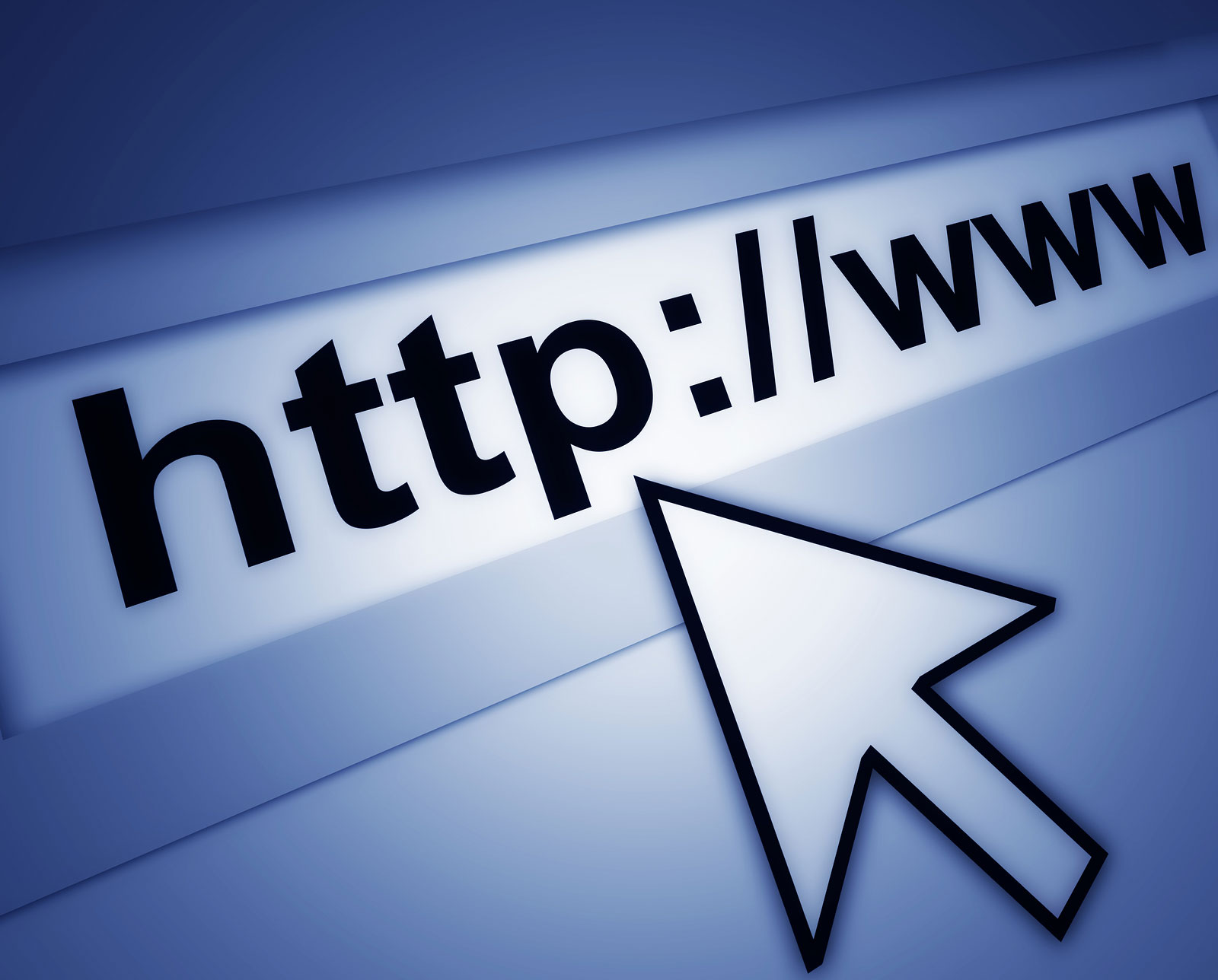As a school administrator, I'm having an increasing number of conversations with parents regarding problems they're having with their children and the Internet at home. Social websites have impacted many students' emotional well-being and/or social development by exposing children to around-the-clock access to their friends. Video and image sharing websites have negatively affected many students' developing sense of beauty or purity.
After so many of these conversations, the realization struck me-- students are well-protected while using the Internet on our school grounds, but so few of our families are aware that they can provide this same kind of protection at home, free of charge.
In my mind, there's no good reason not to set up a content filter (a means of controlling which websites can be accessed) at home-- I have one on my home network, and I'd recommend that every parent, regardless of the age of their children, thoughtfully use at least one form of Internet safety tool. Though the Internet is a powerful tool for education, communication, and entertainment, the reality is that it is just as powerfully capable of causing intellectual, moral, emotional, and spiritual harm to our children.
This recommendation is not about censorship. It's about protecting our children from exposure to images, ideas and experiences before they have the tools to deal with that exposure. Unrestrained, the Internet is clearly having an impact on our children's moral development. I think it's time we stopped playing "catch up" with the fast-paced spread of the Internet into every corner of our family life, and we start to make thoughtful, informed, effective decisions about what role it will play in the growth and development of our children. As a parent, it's our right and duty to be the primary educators of our children.
Offering these thoughts, I'm fully aware that I could be accused of advocating Big Brother-esque control, or censorship. Although I assure you this is not the case, I encourage anyone with concerns or counter-arguments to leave comments below so that we can have a civil discussion. As I've said to parents on many occasions, "I believe that our children must develop the tools to integrate the Internet into their lives properly, and this comes from experience with these tools. However, there's a reason why we don't give drivers licenses to kids under 16!"
Tools for Content Filtering at Home
I have personal experience with two specific tools, which I'd recommend any parent looking into. They're free, simple to set up, and effective for protecting your children. Please note-- these recommendations are not the result of exhaustive research and comparison. I'm sure a simple Google search will reveal sites that have done this. I simply offer these two tools to exemplify what is possible.
Before implementing either of these tools, I recommend you set up your child on a limited user account. (I apologize to Mac users for my lack of experience with OSX-- this first recommendation is PC-centric.) Allowing your child full "administrator" access to a computer enables them to bypass any security restrictions set up. If this recommendation isn't familiar to you, or you need help setting it up, visit this link: "How to Teenager-Proof a Windows 7 PC."
Tool #1: Microsoft Family Safety
http://windows.microsoft.com/en-us/windows/set-up-family-safety#set-up-family-safety=windows-7
If your child uses a PC that runs Windows 7 or later, setting up Microsoft Family Safety is simple. It does require that you have a Microsoft email account (i.e., Hotmail, Live, or MSN). Once set up, Microsoft Family Safety enables you to implement an Internet "whitelist" or "blacklist" on your child's limited computer user account. With a whitelist, your child will only be able to access the sites you specifically clear for him or her. I have this set up for my 6 year old's account on our home PC. He's currently whitelisted to visit our school's math practice website, National Geographic Kids, and PBS Kids. If he tries to visit any other site, Microsoft Family Safety blocks it.
Even better is the weekly report I receive via email from Microsoft Family Safety. Each Sunday I get an email that charts out how much time my son spent on the Internet each day, which websites he visited and for how long, and which websites were blocked (if any). I haven't found anything that is this easy to set up and maintain, and is this useful.
Tool #2: OpenDNS
http://www.opendns.com/
Where Microsoft Family Safety only filters the activity that takes place on the particular PC on which it has been configured, OpenDNS has the ability to filter Internet activity on every device that connects to the Internet at your home. This is key with so many mobile devices in the home today (iPads, iPods, laptops, cell phones, etc.). You'll need a little more technical know-how to set this up, but OpenDNS provides clear, step-by-step instructions here: https://store.opendns.com/setup/router/ and a video introduction on this page: https://store.opendns.com/setup/.
When you create a free OpenDNS account and set up a content-filtering profile, you'll be able to block websites by category (weapons, alcohol, pornography, etc.), or by setting up whitelists or blacklists of sites. My school used OpenDNS successfully for about six years, and we never experienced any problems. If you're unsure about any of the technical aspects at the links above, it's best to seek out the help of someone who can assist you.
I offer these as examples of two simple, quick steps parents can take to provide safety and security for their children. If we are to grow faith-filled kids, should we do any less?
Image:
http://upload.wikimedia.org/wikipedia/commons/7/75/Internet1.jpg


No comments:
Post a Comment